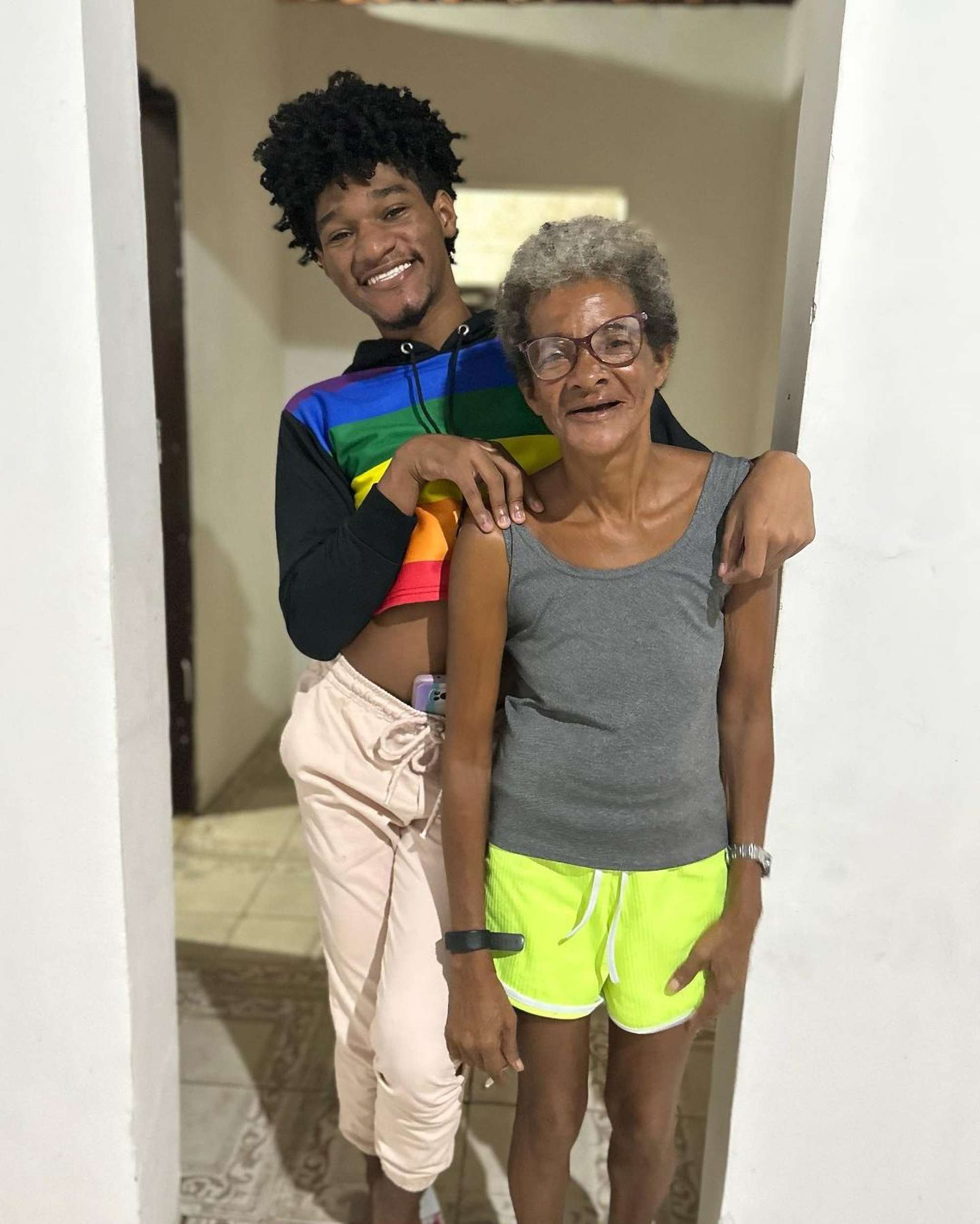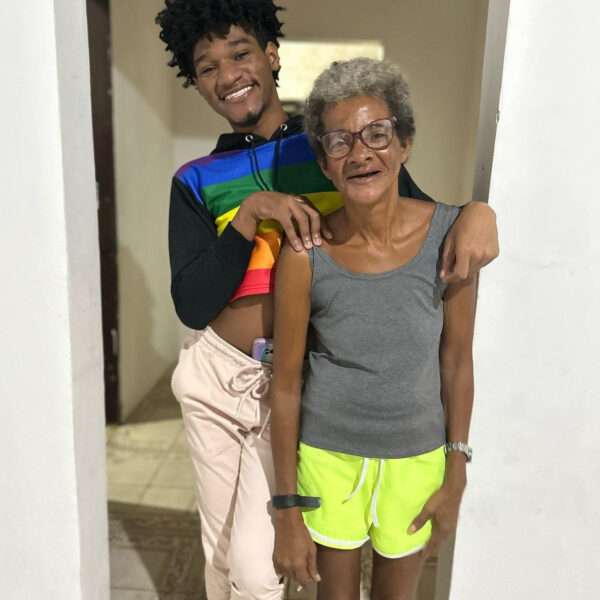A young woman dubbed the “Brazilian Kylie Jenner” has revealed she worries about her looks and struggles with body dysmorphia.
'Brazilian Kylie Jenner' Tells Of Body Dysmorphia Struggles pic.twitter.com/UHSUl9h9f4
— NewsX (@newsx_media) June 20, 2023
Julia, 22, has told media in her home country how she sees “flaws” in her physical appearance, despite the fact she is a model and has been compared to Kylie Jenner for her incredible looks.
Julia, who boasts 102,000 followers on Instagram, told Brazilian media: “At 21 years old, I was already obsessed with my appearance.
“I constantly compared myself to other influencers and felt that my face and body were not attractive enough.
“I decided to have a facelift to correct these imperfections.”
But, revealed the brunette, she was still not happy with her looks after having the procedure.
Julia said: “I still didn’t feel satisfied with my appearance. I realised that the problem wasn’t in my face or body, but rather in my distorted perception of myself.”
Curvy Julia has previously told how she gets “up to 500 matches every day” on the dating app Hinge.

The brunette has also claimed she is single because men are put off by her good looks.
Julia lives in America and refers to herself on social media as the “virgin of Miami”.
Speaking about her disorder, she told local media: “I’m obsessed with perfection. The desire to fit in has brought me heavy emotional consequences.”
According to Brazilian media, Julia will search for treatment to deal with her body dysmorphia.
She will also continue warning her followers about the dangers of pursuing “perfection”.
Body dysmorphia, or body dysmorphic disorder (BDD), is a mental health condition where a person spends a lot of time worrying about flaws in their appearance, which are often unnoticeable to others.
People of any age can have BDD, but it is most common in teenagers and young adults of both sexes.
BDD can seriously affect people’s daily life, including their work, social life, and relationships. It can also lead to depression, self-harm, and even thoughts of suicide.
It can be treated with talking therapy or, in more severe cases, with medication.










